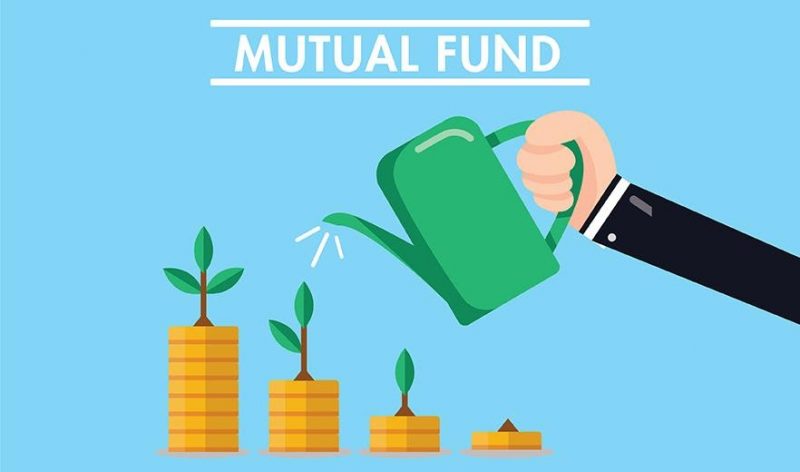Where to put your money? This is the question that many savers ask themselves. The French save a large part of their income, around 15 % on average . Of course, this rate is even higher within the upper and affluent middle classes (the CSP+). However, despite this high savings rate, many savers are unfamiliar with the different types of investments and do not know how to invest their savings properly. This is what the Autorité des Marchés Financiers (AMF) notes in its latest study .
Thus, many savers do not invest their money optimally. In fact, they miss out on investments offering the best returns and do not always benefit from the tax optimizations that exist in France . Consequences: a significant shortfall and a less comfortable life than it could be. So how do you invest well?
In this article that we want to be concrete, we present 3 common practical cases that are easy to understand . First the case of Julie, a young working woman who wants to prepare for a real estate purchase. Then Guillaume, already an owner, who wants to save to create additional income. And finally Marc, a forty-year-old with objectives similar to those of Guillaume but with a greater savings capacity. These practical cases could be a source of inspiration for most French savers .
Julie is saving to prepare for a real estate purchase
Julie is 24 years old, she finished her studies 1 year ago and entered the working world. She earns a salary of 1,700 euros per month and saves about 350 euros per month (about 20% savings capacity). Note that she has the right reflex: pay herself first , before spending everything. Julie does not rule out changing employers to accelerate her career. She is therefore mobile and does not plan to buy her main residence before 5 or 6 years, when she will be settled professionally and family ( Buy or rent? Our article ).
Julie’s current investments: all in booklet A!
Julie is trying to find out how to invest her money . She currently has savings of 8,000 euros, entirely invested in her livret A (yield of 0.50%). This savings only brought him 40 euros in interest last year. Julie’s savings are destined to grow in the years to come, so she wonders how to optimize her investments.
Julie needs to secure her contribution for a future real estate purchase, so she must move towards investments with a guarantee on the capital invested . Funds in euros are one of the investment solutions that meet its criteria and with a higher yield than savings accounts.
In practice, funds in euros are accessible within life insurance. Be aware that the best brokers offer life insurance that does not charge deposit fees or withdrawal fees. While traditional banks do not always provide access to the best funds in euros, and are unfortunately overly charged with management fees and payment fees. Julie will therefore have every interest in finding out about the best life insurance before taking out a contract.
Before optimization, a low-paying booklet
Before optimization, Julie placed all her money (8,000 euros) and her monthly savings capacity (350 €) in a savings account at a yield of 0.50%, which brought her only 40 euros per year. Julie has considered opening a housing savings plan (PEL) , but new PELs only pay 1% gross (0.70% after flat tax). So not interesting, especially since any withdrawal of money from the PEL breaks the PEL. Finally, the ELP is less liquid than the Livret A and even less profitable.
After optimization: towards a better investment that is just as liquid for real estate contribution, but more profitable
As the Livret A savings account offers very low profitability, Julie has decided to leave only the money she might need in the short term in the event of an unforeseen event or to finance non-current expenses (household appliances, vacations, etc.). She now leaves only 3,000 euros on her savings account A, as a precautionary savings . For the rest of her savings, she plans to put her money to work better.
Thus, Julie opened a life insurance policy into which she paid all the rest of her savings (5,000 euros). Every month, Julie directs her savings capacity with a payment of 350 euros to fund her life insurance . Julie has opted for life insurance with no fees on deposit and withdrawal , and whose euro fund has consistently ranked among the best for years.
Result for Julie who is preparing her real estate purchase?
From now on, Julie therefore expects to earn around 155 euros per year (15 euros on the livret A and not far from 140 euros on her life insurance, assuming a performance of the fund in euros similar to that of 2019). This is more than double what she would have earned by leaving all her money in her savings account A. And that’s without counting the additional interest generated by the 350 euros that she will pay each month, so the gain will increase over time.
If the life insurance reaches 8 years, Julie will be able to make a withdrawal while benefiting from a significant reduction on taxable earnings (4,600 euros per year) , this is one of the great advantages of life insurance. If Julie needs the money she has invested in life insurance before she is 8 years old, she will be able to make a withdrawal (called partial redemption), but the gains will then be taxed by a single flat tax. 30 %). Even in the latter case, the return net of tax remains almost 3 times higher than that which she would have obtained on the livret A.
While waiting for the time when Julie will need her savings, the interest on the euro fund is automatically reinvested (“ratchet effect”) with minimum “tax friction”. Thus, his savings grow all the more quickly , it is the snowball effect of compound interest!



